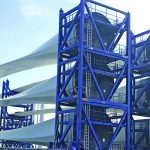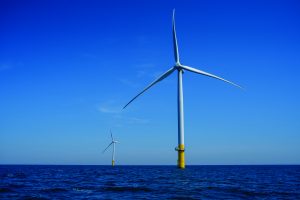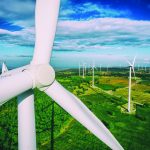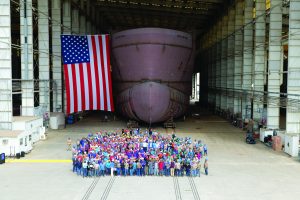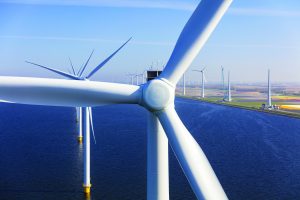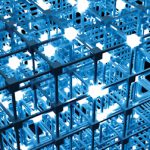In a post-warranty environment, owners and operators who seek to reduce O&M costs through parts management must begin with an understanding of the cost elements associated with wind farm operation. Ideally, inventory spares need to be close enough to ensure minimum downtime of the turbine asset. If the operator can predict which parts will be needed, as well as when and where, they can provide better service while reducing inventory costs. While parts related to operations and scheduled maintenance can be estimated, unscheduled maintenance is difficult to predict and can result in a substantial portion—some 30-60 percent—of the total O&M cost. To minimize this impact spare parts cost, availability, quality, and lead times should be administered under a proactive supply chain management program.
Not only is the wind power industry strong in the United States, it is growing around the world. Over 38,000 MW of wind power was installed worldwide in 2009, led by the U.S. and China. On a continued trend of doubling in size every three years, the impact will be felt across the global supply chain, not just domestically. The installation of new wind projects has driven up the total volume of turbines and the number of parts and spares, as well as service requirements. Concurrently, the median age of turbines is also rising, leading to increased demand for parts that are prone to wear and tear. Many factors impact a wind turbine’s supply chain, such as the worldwide demand for steel and other commodities, availability of equipment large enough to manufacture and transport the large components, and fluctuating foreign exchange rates. Some OEMs based overseas have recognized the impact that transport has on the cost of their turbines, shaving off nearly 20 percent by setting up shop in the country of sale. With such names as GE, Clipper, Acciona, and Vestas already having U.S.-based manufacturing centers, recent announcements by Alstom, Fuhrlander, and A-Power continue to shape the domestic supply chain for the wind industry. Further enhancing the U.S. supply chain for large components are announcements by Polymarin Composites and Wind Water Technologies, Brevini, Moventas, and TPI that they will convert or build new factories for blade and gearbox manufacturing.
Although many of the parts used on a wind turbine are unique to the manufacturer and the model, a domestic component aftermarket is quickly taking shape. This is good news since an aftermarket environment can often benefit the turbine owner. According to AWEA’s 2009 Annual Wind Energy Market Report, the largest category of new U.S. manufacturing facilities supporting the wind industry was for turbine subcomponents such as bearings, electrical components, and hydraulic systems. Between 2007 and 2009 the U.S. wind energy industry opened, announced, or expanded over 100 facilities, bringing the total of wind turbine component manufacturing facilities now operating in the U.S. to over 200. In a Kansas wind supply chain survey, 66 percent of the 227 product supply companies have planned future expansions to support the growing wind industry in the United States. Companies that once exclusively produced components for the transportation industry, for example, are turning toward wind component manufacturing as a replacement business. While the supply of gearboxes remains with only a few manufacturers, aftermarket repair companies are coming out of the woodwork. Rebuild services for gearboxes, generators, and electrical components are now commonplace for most machines.
The current economic recession was a much-needed intermission to allow the wind industry’s increasing supply chain to prepare for the growth in the coming years. This time allows not only the OEM, but owners and operators to reevaluate the parts supply chain and to plan ahead and more accurately forecast the true O&M costs. Identifying critical components allows the operator to direct their failure analysis, inventory, and logistics efforts on areas that will provide the most benefit to the project. With the OEM no longer the single source of spare parts, operators can look to alternate and more-local parts suppliers.


















